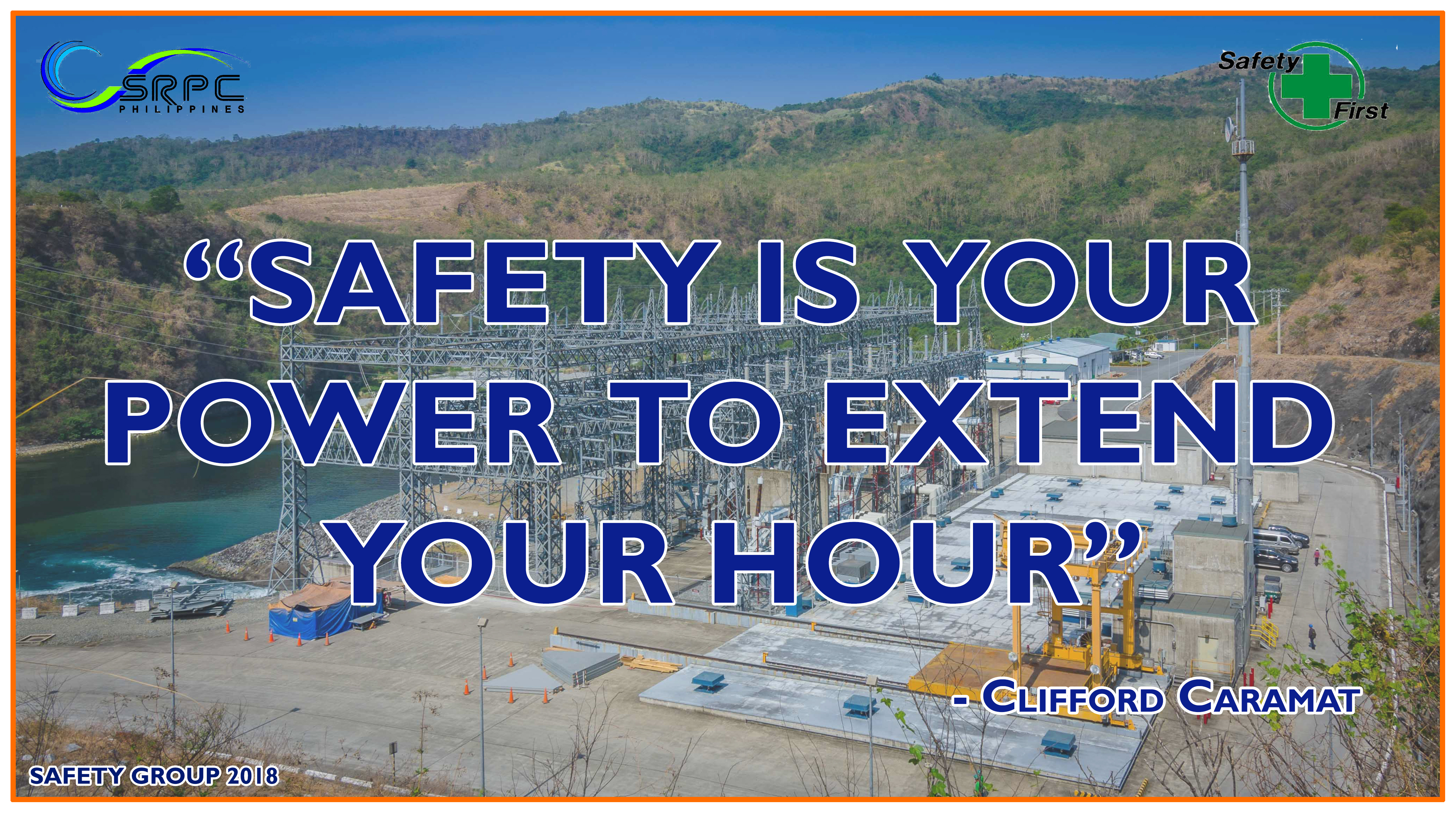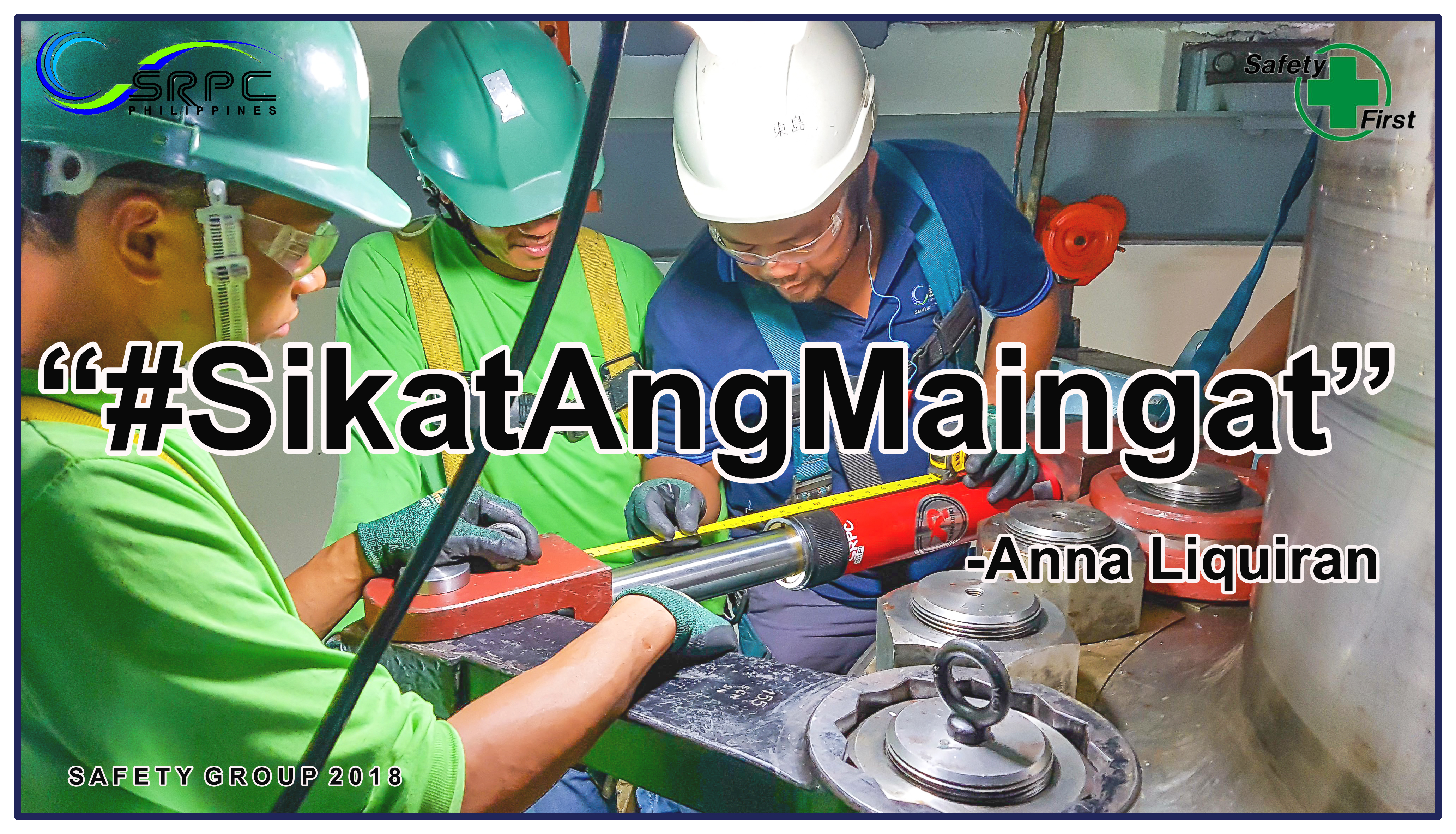FAQs
How much energy does San Roque Hydroelectric Power Plant (SRHEPP) produce?
On a daily basis, the plant should produce at least its contracted capacity of up to 10,440 MWh assuming the plant is dispatched to its full capacity for the whole day and there is enough pressure head.
Does SRHEPP operate 24 hours a day?
The plant operates primarily only during the peak periods (9:00 am to 3:00 pm and 6:00 pm to 8:00 pm). However, it usually operates beyond the peak periods in order to provide the irrigation requirements of NIA especially during the dry season and to attenuate potential flooding during the rainy season.
The construction and operation of the re-regulating pond since 2013 downstream of the power plant greatly improved the optimum operation of the plant and the utilization of the water resource. The plant no longer needs to operate unnecessarily for 24 hours to supply uninterrupted irrigation thus reserving the water to be used ideally during the peak periods. The operation of the plant during the peak periods helps in shaving off the highest avoided cost of electricity in the peak periods.
Does SRHEPP encounter brown-out in the plant?
The plant may lose power momentarily but the essential loads are powered all the time because the plant has a large battery bank. The plant also has an Emergency Start-Up Diesel Generator (ESDG) that automatically starts upon detection of power loss. The ESDG has enough capacity to start up one unit, which in turn can be used to restore power into the grid when there is a blackout. The plant also has the ability to operate on an isolated mode so that it can generate independently to supply its own power requirement or the requirement of a small grid that has been isolated from the main grid.
The discharge from the plant at full capacity is small compared to the size of the river (Agno) and cannot cause flooding. The plant operates responsibly to meet the multipurpose objectives of the San Roque Multipurpose Project (SRMP) and one of them is to attenuate the perennial flooding in the plains of Pangasinan and nearby municipalities of Tarlac.
The San Roque dam was intently designed with components or zones for flood control. The buffer zone, which is up to the normal high water level at 280 masl, is used for water conservation to meet various demands in the future such as power generation and irrigation demands. Beyond 280 masl to 290 masl is the temporary storage space for absorbing high inflows to alleviate downstream floods. This space is called “flood cushion” that dampens the surge of flood waters and is usually emptied gradually thru the spillway to avoid swollen river and to prepare the space for another potential threat of high inflows to the dam.
The dam and spillway is owned by the government through the Power Sector Assets and Liabilities Management (PSALM) and the National Power Corporation (NPC). The spillway can only be operated upon the instruction of NPC.
–> Earthquake Occurrence
What does SRHEPP do in case of an earthquake?
The San Roque Dam is a clay core rockfill dam, which is far more resilient on the threats of an earthquake than the rigid concrete dams. This type of dam has better stability under seismic conditions.
There are protocols in the event of an earthquake whose intensity is felt in the locality. Regardless if the event occurred at night or on a holiday, immediate inspection has to be performed within three hours after the occurrence of the event followed by a detailed inspection that has to be done within 24 hours.
The immediate inspection includes visual observation of the dam and the appurtenant structures taking note of any deformations, cracks, erosions, settlements and/or leakages.
The detailed inspection includes internal inspection of the dam and investigation of dam instruments taking note of anomalous indications. The dam and its foundation is fitted with over 100 vital instruments for dam monitoring that detect core pressure, seepage, ground water levels and ground movements.
Is there a likelihood that the San Rqoue Dam will break?
The likelihood of a dam break is nil. Taking no chances, however, the dam was designed and built based on risk assessment practices of modern dams: better engineering technology; best management practices; and formulation and implementation of an Emergency Action Plan (EAP).
Engineering measures include improvement of the structure thru extensive site and geotechnical investigation and site preparation programs and conduct of Seismic and Hydrologic Analysis. San Roque Dam also has a redundancy system whereby additional monitoring instruments are installed within and adjacent to the dam embankment. These include strong motion accelerographs for seismic recording, piezometers for uplift/pore water pressure measurement, weirs for seepage and leakage measurement and observation, temperature gauges, settlement cells for the measurement of internal settlement/displacement, and surface monuments for the detection of surface deformations.
Management practices include safety and emergency training programs for all the employees, implementation of emergency procedures on and off-site, performing multiple daily technical and security patrols, routine inspection by independent dam consultants and ensuring immediate access to experts for consultation.
The EAP is tested and updated annually. The EAP involves coordinated activities of the dam operator (SRPC), the National Power Corporation (NPC), national and local government emergency response agencies, and community leaders. The EAP of the San Roque Dam was the first of its kind to be implemented in the Philippines and patterned after by the older hydroelectric power plants. It is considered one of the best practices of modern large dams.









